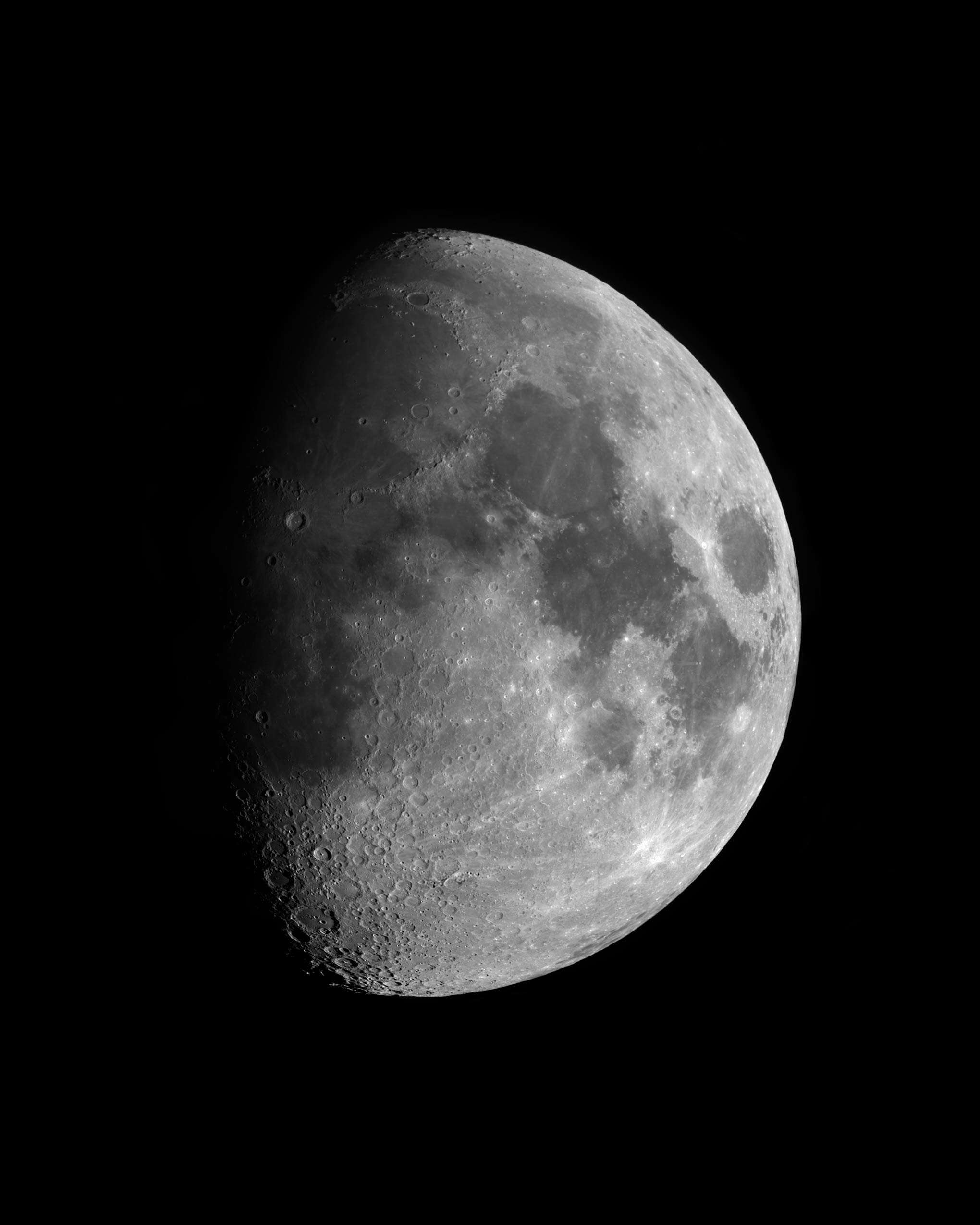You are using an out of date browser. It may not display this or other websites correctly.
You should upgrade or use an alternative browser.
You should upgrade or use an alternative browser.
*** The Official Astronomy & Universe Thread ***
- Thread starter PermaBanned
- Start date
More options
Thread starter's postsBeen given the all clear to put a permanent pier in the back garden of our new place!
No more setting up!
Lucky sod. Why don't you go all the way and get an observatory?
I dont get out as much as I would like due to the 1 hour setup time, its a right pain the arse.
Been given the all clear to put a permanent pier in the back garden of our new place!
No more setting up!
How are you going to go about this?
How are you going to go about this?
They had a "water feature" that never kept it's water. I'll deepen it to 3 foot, add concrete and level at the base then bolt in the pier in. The mount then is bolted to the top.
Geminid Meteor Shower Time - December 14th and 15th after midnight

The early mornings of December 14th and 15th will give us the chance, if clear, of observing the peak of the Geminid meteor shower. Sadly, this year,the Full Moon is on the 10th and it will lie close to the radiant this night. This means that you will only see the brighter trails by looking high up away from the glare of the Moon. An observing location well away from towns or cities will also pay dividends though. The relatively slow moving meteors arise from debris released from the asteroid 3200 Phaethon. This is unusual, as most meteor showers come from comets. The radiant - where the meteors appear to come from - is close to the bright star Castor in the constellation Gemini as shown on the chart. If it is clear it will be cold - so wrap up well, wear a woolly hat and have some hot drinks with you.

With all these photos of M42, here's some info posted on SGL about it:
http://www.astropix.com/HTML/B_WINTER/TRAPEZ.HTM
http://www.astropix.com/HTML/B_WINTER/TRAPEZ.HTM
Associate
- Joined
- 17 Sep 2009
- Posts
- 546
- Location
- UK
I work in CGI for a living so thought I would put my 'skills' to good use. This was done by projecting a photo of Saturn I took earlier this year onto geometry in Maya with a stereo camera setup:

You don't need glasses for this trick to work. All you have to do is cross your eyes until the two images meet in the middle, then try and focus on this new third image (but make sure to relax your eyes while doing this). It may take a little bit of practice but once you've got it, it's easy

You don't need glasses for this trick to work. All you have to do is cross your eyes until the two images meet in the middle, then try and focus on this new third image (but make sure to relax your eyes while doing this). It may take a little bit of practice but once you've got it, it's easy

Last edited:

Station Commander Captures Unprecedented View of Comet
International Space Station Commander Dan Burbank captured spectacular imagery of Comet Lovejoy from about 240 miles above the Earth’s horizon on Wednesday, Dec. 21. Burbank described seeing the comet two nights ago as "the most amazing thing I have ever seen in space," in an interview with WDIV-TV in Detroit. Last night he captured hundreds of still images of the comet.
A selection of images is available at: http://www.nasa.gov/mission_pages/station/multimedia/gallery/index.html.
Image Credit: NASA
Soldato
- Joined
- 4 Feb 2003
- Posts
- 6,133
- Location
- Birmingham
Absolutely stunning 

A couple of Android goodies to have on your tablet/phone:
Star Chart and Mobile Observatory
Got any more Android/iOS recommendations?
Merry Christmas
Star Chart and Mobile Observatory
Got any more Android/iOS recommendations?
Merry Christmas

The "Apollo Zone", a new view of the moon from the NASA Lunar Mapping and Modeling Portal, LMMP:
http://pub.lmmp.nasa.gov/LMMPUI/LMMP_CLIENT/LMMP.html
More on how this was done:
http://www.nasa.gov/topics/solarsystem/features/apollo-zone-map.html
http://pub.lmmp.nasa.gov/LMMPUI/LMMP_CLIENT/LMMP.html
More on how this was done:
http://www.nasa.gov/topics/solarsystem/features/apollo-zone-map.html
The Night Sky January 2012:
http://www.jodrellbank.manchester.ac.uk/astronomy/nightsky/
Happy New Year
http://www.jodrellbank.manchester.ac.uk/astronomy/nightsky/
Happy New Year

Associate
- Joined
- 17 Sep 2009
- Posts
- 546
- Location
- UK
The "Apollo Zone", a new view of the moon from the NASA Lunar Mapping and Modeling Portal, LMMP:
http://pub.lmmp.nasa.gov/LMMPUI/LMMP_CLIENT/LMMP.html
More on how this was done:
http://www.nasa.gov/topics/solarsystem/features/apollo-zone-map.html
Great link! I tried my own lunar mosaic a couple nights ago, I think I need to try it again on a night which isn't blowing a gale! I had to literally cling onto my mount so it didn't fly off into the sky:
(warning, it's a big image)
http://www.samiransari.co.uk/images/Other_images/moon_stitch_fullsize.jpg
Great link! I tried my own lunar mosaic a couple nights ago, I think I need to try it again on a night which isn't blowing a gale! I had to literally cling onto my mount so it didn't fly off into the sky:
(warning, it's a big image)
http://www.samiransari.co.uk/images/Other_images/moon_stitch_fullsize.jpg
That is big! It looks good at 17% of the original (not for smartphones):

Associate
- Joined
- 17 Sep 2009
- Posts
- 546
- Location
- UK
That was around 50 images that were mostly combined in Microsoft ICE and the rest by hand in photoshop (ICE didn't get all the tiles right the first time round.



